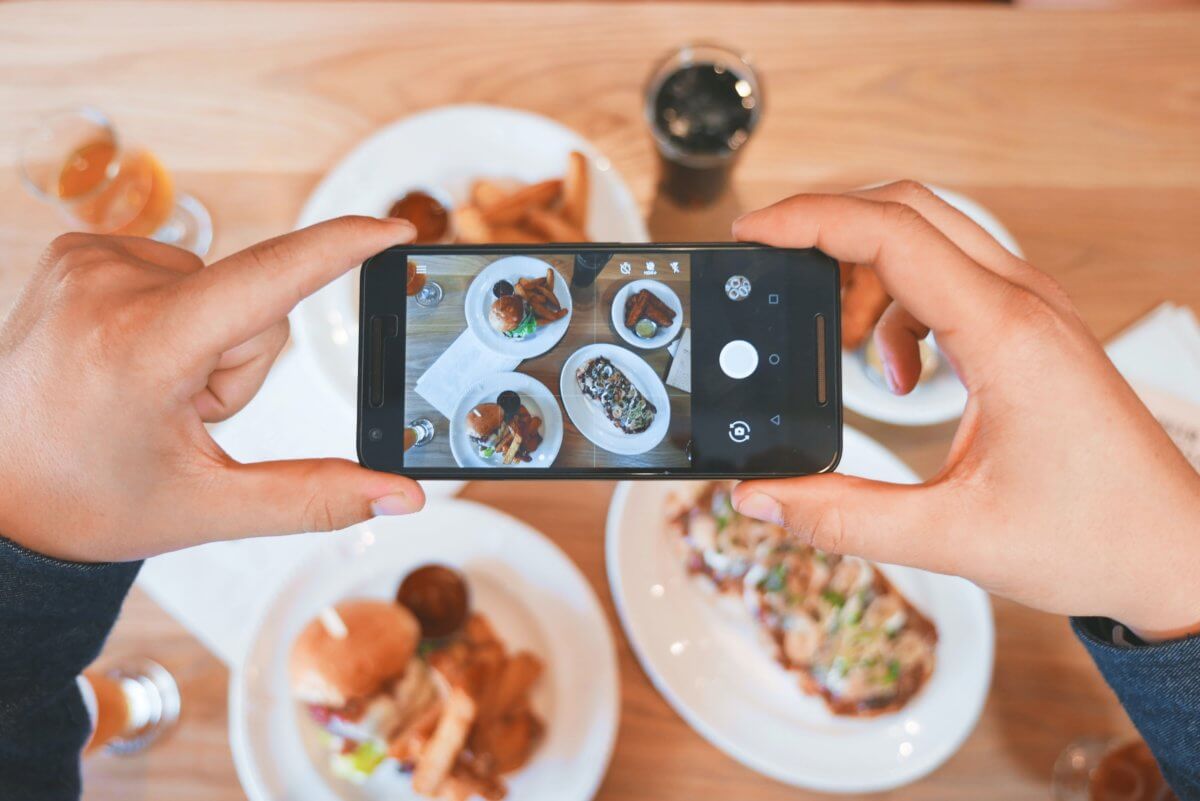ATHENS, Ga. — While mouth-watering images of giant burgers or sugary cakes typically dominate social media, researchers from the University of Georgia report that healthier foods can become just as popular online. They just need a little more help than fatty foods. To start, all pictures of food aren’t created equal. Images of fully-loaded entrees or tasty desserts are quickly appealing to many viewers, in most cases garnering likes and comments on their own without much effort.
“But if you have health practitioners trying to promote a healthy diet, it’s very crucial for you to pay attention to the use of visually aesthetic images,” notes Yilang Peng, an assistant professor in the College of Family and Consumer Sciences, in a university release.
One goal of this project was to form a clearer understanding of consumer habits and engagement on social media, but these findings also hold practical implications.
“We believe this topic can be helpful for health communication and health practitioners,” Prof. Peng explains. “If you have someone trying to promote a healthy diet, it’s crucial for them to pay attention to the visual aesthetics. This study shows that styles play an important role and shape our engagement with different social media accounts.”
In an attempt to better understand how people interact with food photos, Prof. Peng and study co-author Muna Sharma analyzed over 50,000 images taken from real food-centric Instagram accounts, such as chefs, influencers, and nutritionists. Next, using computational visual analysis, researchers checked those images for a variety of factors, including color composition, repeating patterns, image complexity, and approximate calorie density. They also looked at how each of these factors related to likes and comments.
Predictably, pictures of high-calorie foods like cookies, pastries, and doughnuts experienced higher engagement across the board. Lower-calorie foods such as vegetables or well-balanced meals generally required more photographic staging to get a boost.

“There are some neurological studies that show as people visually process high-calorie meals, they process them faster than low-calories images,” adds Sharma, who earned a doctorate from UGA in 2022. “So, when they are looking at a low-calorie image, they give more attention to all of these visual features. That means that if you want to draw people’s attention to these lower-calorie foods, you have to take care to highlight specific factors.”
Such factors include using warm colors instead of cool tones such as green or blue, incorporating repetition, and placing food on a clean background.
“A good example of this is a salad,” Sharma adds. “Instead of just the salad, you could arrange slices of strawberry on top, in a repeating pattern. That will make it more attractive and can increase audience engagement on the image.”
This impact can even multiply as food images circulate throughout various social media platforms, according to Sharma. This research relates to her personal experience, she notes, pointing to the trend of dalgona coffee – a whipped beverage made with instant coffee and cream that gained popularity around early 2020.
“It was trending on Instagram, and every time I saw it, I really wanted to try it,” she comments. “When I finally made it, I posted my own photo to Instagram. And we see this in other studies, when people in your network post certain images or like and comment on those images, you are tempted to post similar things because you know it will be popular in your network.”
Study authors hope their suggestions help healthier foods trend more often on social media, promoting a healthier lifestyle to more of the general public.
“On one hand, people might not automatically engage with healthier foods, but people do like to show off healthy meals,” Prof. Peng concludes. “It comes back to their identity, and those posts can make them look better on social media. My recommendation is that even with a very simple integration of these tips, you can boost engagement.”
The study is published in the journal Health Communication.

